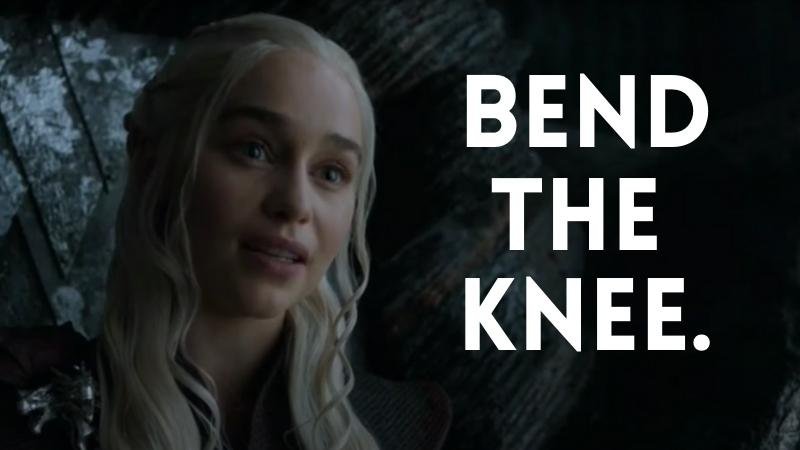Do CrossFitters Make the BEST Deadlifters?!
/Do CrossFitters make the best deadlifters? The short answer is “No.”
However, there is one thing that efficient CrossFitters tend to do well when deadlifting, and we might be able to learn something about the deadlift from observing this phenomenon.
The Problem You Want to Solve
A common problem that we see with new lifters (and yes, even experienced lifters) is that of lowering the barbell in an extremely inefficient manner. While lowering the deadlift should be the easiest part of the lift, it very often is not.
When setting the bar down, the goal is to lower it rather quickly in a straight, vertical line so that it lands right over the middle of the foot - in other words, in the same place from which you started the previous rep. However, in a misguided attempt (whether consciously or subconsciously) to keep the back vertical, a lifter often makes this process difficult, inefficient, and almost painful to watch.
Figure 1: Good heavens - don’t do this.
If this is you, then you’re making the mistake of starting to lower the bar primarily by bending the knees. As the knees bend, they go forward and become an obstacle for the bar (Figure 1), so you have to lower the bar around your knees.
This curved path is much harder to create and manage than the simple vertical line we’d like to see. You’ll feel the increased difficulty immediately in your back since you’ve made the job harder for your back than it should be.
Why Do Many CrossFitters Do This Efficiently?
It has everything to do with deadlifting during a metcon, i.e., deadlifting a high number of reps at speed when racing against a clock.
Don’t get me wrong - performing high rep deadlifts at speed is certainly not ideal for learning and encouraging solid deadlift technique. However, and for example, if you’re doing fifty deadlift reps for time, you may tend to become rather efficient (again, consciously or subconsciously) at lowering the bar simply because you’re trying to conserve energy.
In other words, you’re letting gravity do all the work of lowering the bar, and herein lies the key.
The Solution
Gravity likes to pull things down in a straight, vertical line, which is exactly the bar path you want when setting the deadlift down. You’re not going to drop the bar, of course, but one of your main tasks when setting it down is to simply stay out of the barbell’s way.
figure 2: this is much better.
You do this by keeping your knees out of the way (i.e., you keep your knees back) and bending mostly at the hips rather than the knees (Figure 2). You want the bar to travel straight down over the middle of the foot, so your job is to stay the heck out of the barbell’s way so that gravity can pull it there for you.
Bow to the Floor . . . Fast
To do this, reach back with your hips, bend over, and slide the barbell down your thighs, and this is how we teach lowering the deadlift in the first place. However, if that concept isn’t working for you, simply cue yourself to “bow to the floor . . . fast.”
To see this solution in action, watch one of the videos included in this article.
Don’t drop the bar, and don’t destroy your platform, but you can and indeed should lower your deadlifts pretty quickly. While your knees shouldn’t be locked straight, they should stay back out of the way, and the concept of bowing to the floor often helps with this.
Bow to the floor, keep your knees out of the way, let gravity do the work for you, and you’ll do a great job setting the bar down right over the middle of your foot. It’s simple, it’s efficient, and you won’t have to roll the bar back to the correct position before starting the next rep (because it will already be there).
As always, we hope this helps you get stronger and live better.
(Some links may be affiliate links. As an Amazon Associate, Testify earns from qualifying purchases.)














